Photographic exhibitions
Between 2014 and 2018, 12 photographic exhibitions on Madidi National Park and Bolivia's protected areas were held in six major cities in the country and two municipalities close to Madidi, with the aim of raising awareness among the urban population about the importance of biodiversity conservation and highlighting the efforts of scientific and photographic documentation of wildlife. In total, more than 200,000 visitors participated and significant media coverage was achieved. Guided tours and talks on scientific dissemination were given to students from educational units at several exhibitions. Thirty state, academic, scientific and cultural institutions participated in the organization of the photographic exhibitions.
Photographic exhibition "Portraits of Madidi. A photographic exhibition of the biodiversity of northern La Paz", held at the Unkus Hall of the National Museum of Ethnography and Folklore (MUSEF), in May 2014, which coincided with the 'Night of the Museums' exhibiting photographs on the biodiversity of Madidi. The exhibition was visited by 14,775 people. The exhibition was organized by WCS, the National Biocultura Program, the Museum of Ethnography and Folklore (MUSEF), the Mother Earth and Environment Commission of the Departmental Legislative Assembly of La Paz, the Central Bank of Bolivia Foundation, SERNAP and the Institute of Ecology.
Photographic exhibition "Portraits of Madidi. A photographic exhibition of the biodiversity of northern La Paz", held at the Cinemateca Boliviana, in June 2014, provided continuity to the MUSEF exhibition, and allowed the La Paz public to visit the exhibition at another cultural space in the city.
Photographic exhibition "Portraits of Madidi. A photographic exhibition of the biodiversity of northern La Paz", held at the exhibition hall of the Jach'a Qathu cable car station, in the city of El Alto, between August and September 2014. The exhibition was organized by: WCS, the National Biocultura Program, the Departmental Government of La Paz, the Mother Earth and Environment Commission of the Departmental Legislative Assembly of La Paz, the State Cable Car Company Mi Teleférico and the Municipal Government of El Alto.
As part of the exhibition activities, one of the cable car cabins was covered with photographs of emblematic animals of the Andean fauna: the Andean condor, the mountain caracara and the Andean deer. The monkey frog, an amphibian characteristic of the Amazon region, was also included. In this way, around 863,000 people participated in the exhibition, from the moment they entered the cable car at the La Paz Central Station to the Jach'a Qathu Station and its cultural hall.
Photographic exhibition "Portraits of Madidi. A photographic exhibition of the biodiversity of northern La Paz", held at the Museum of Art "Antonio Paredes Candia", in the city of El Alto, between September and October 2014. The exhibition was attended by 1,760 people. The exhibition was organized by WCS, the National Biocultura Program, the Departmental Government of La Paz, the Mother Earth and Environment Commission of the Departmental Legislative Assembly of La Paz, the Municipal Government of El Alto and the "Antonio Paredes Candia" Art Museum.
Photographic exhibition "The legacy of Mother Earth. Our safeguard in the face of climate change", held at the San Francisco Museum, in La Paz, in September 2014. WCS collaborated with the Vice Ministry of Environment, Biodiversity, Climate Change and Forestry Management and Development, the Directorate of the Plurinational Authority of Mother Earth and SERNAP, on the occasion of the day of Bolivia's protected areas, dedicated to highlighting their contribution to climate change mitigation and adaptation, and highlighting four high Andean protected areas: Madidi, Apolobamba, Eduardo Avaroa and Toro Toro. The exhibition was visited by 2,769 people.
Exposición fotográfica “Retratos de la biodiversidad. Legado de la Madre Tierra”, realizada en la Sala Pachamama del Museo Nacional de Etnografía y Folklore Regional Sucre, entre octubre y noviembre de 2014, exhibiéndose fotografías sobre la biodiversidad de Bolivia y la contribución de las áreas protegidas a la mitigación y adaptación al cambio climático. En total, se contó con la asistencia de 5.700 personas. Organizaron la muestra WCS, el Programa Nacional Biocultura (PNB)-Cooperación (COSUDE), el Museo Nacional de Etnografía y Folklore Regional Sucre (MUSEF Sucre), la Universidad Mayor, Real y Pontificia de San Francisco Xavier de Chuquisaca y el Instituto de Biodiversidad y Agrogenética (BIORENA).
Photographic exhibition "Portraits of Biodiversity. Legacy of Mother Earth", held at the Chanchos Hall of the mARTadero Project, in the city of Cochabamba, between November and December 2014, exhibiting photographs on Bolivia's biodiversity and the contribution of protected areas to climate change mitigation and adaptation. Around 400 people visited the exhibition. The exhibition was organized by WCS, the National Bioculture Program (PNB)-Cooperation (COSUDE), the mARTadero Project, the "Alcide d'Orbigny" Natural History Museum, the Simón I. Patiño Pedagogical and Cultural Center, and the Program for the Protection of Protected Areas (PNB) Foundation. Patiño Educational and Cultural Center, and the Program for the Conservation of Bats and Biodiversity Foundation (PCMB).
Photographic exhibition on biodiversity in protected areas at the Municipal Zoo of La Paz "Vesty Pakos". This exhibition was open to the public for three months (between July and August 2014 and between November 2014 and January 2015), and was attended by 169,997 people (children and adults) who visited the zoo.
Photographic exhibition "The Birds of Bolivia", held in Room XX of the National Museum of Ethnography and Folklore (MUSEF), in August 2015, displaying photographs on birds and landscapes of Madidi and Bolivia. The exhibition was visited by 1,983 people. This exhibition was held as part of the 2015 Annual Ethnology Meeting on Plumage Art. The following participated in the organization of the exhibition: WCS, the Museum of Ethnography and Folklore (MUSEF), the Bolivian Fauna Collection (National Museum of Natural History-Institute of Ecology), the General Directorate of Biodiversity and Protected Areas (DGBAP) and the Center for Studies in Theoretical and Applied Biology (BIOTA).
Photographic exhibition "Biodiversity of Bolivia. The Legacy of Mother Earth", held at the Juan Carlos Aguirre Muñoz Art Gallery, between November and December 2015, exhibiting photographs of landscapes and biodiversity of the protected areas of Madidi, Apolobamba, Toro Toro and Eduardo Avaroa and Pampas del Yacuma. The exhibition was visited by 1,154 people. The exhibition was organized by the Biodiversity and Environment Research Center (CIBIOMA), the Wildlife Conservation Society (WCS), the Juan Carlos Aguirre Muñoz Art Gallery and the Universidad Autónoma del Beni José Ballivián.
Photographic exhibition of the biodiversity of Madidi National Park, on May 22, 2018, on the occasion of the commemoration of the International Day of Biological Diversity and the inauguration of the interpretation center of the Rurrenabaque: Madidi-Pampas Tourist Destination, by the Ministry of Cultures and Tourism and the Sustainable Tourism Council of the Rurrenabaque: Madidi-Pampas Destination. The event was attended by about 200 people, including students from schools and the general population.
Photographic exhibition landscapes, plants and animals of Madidi, which took place in Apolo, on May 22, 2018, during the First Environmental Educational Expoferia, in commemoration of the International Day of Biological Diversity. Teachers and students from 13 educational units and approximately 600 people from the population participated. The exhibition was coordinated by WCS and Madidi National Park.
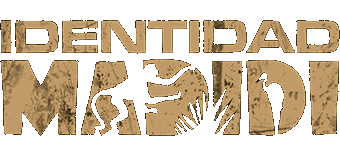
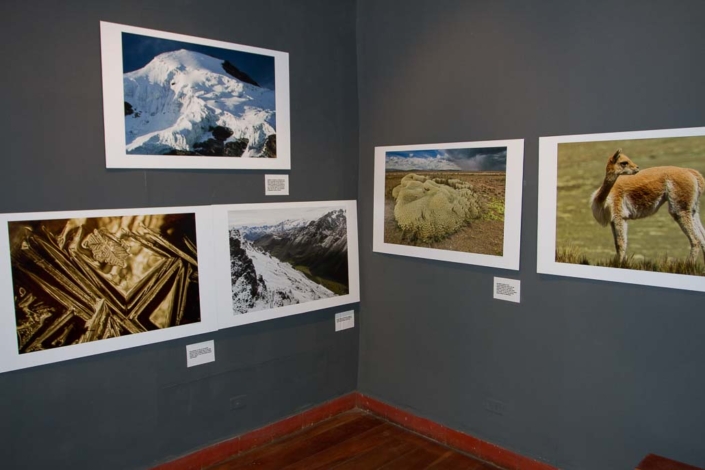
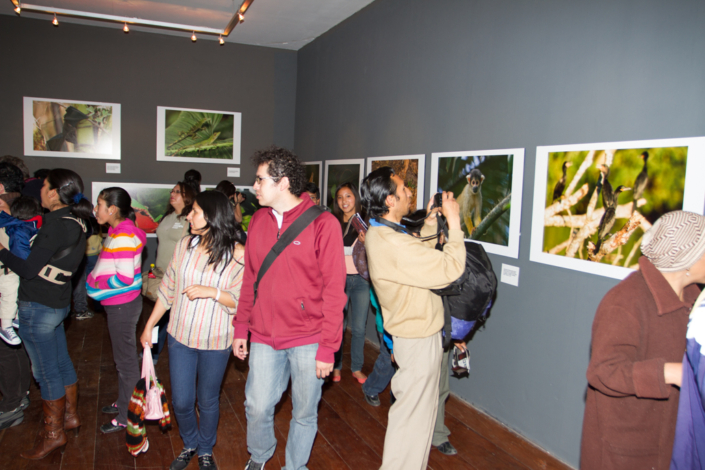

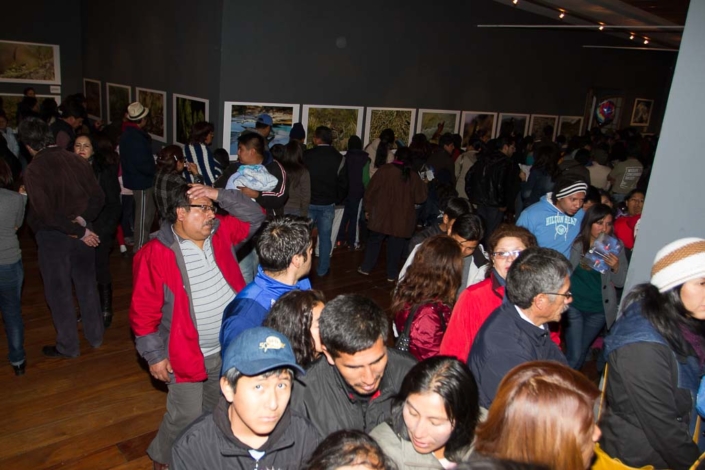

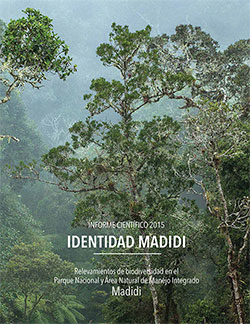
 Facebook
Facebook Instagram
Instagram YouTube
YouTube